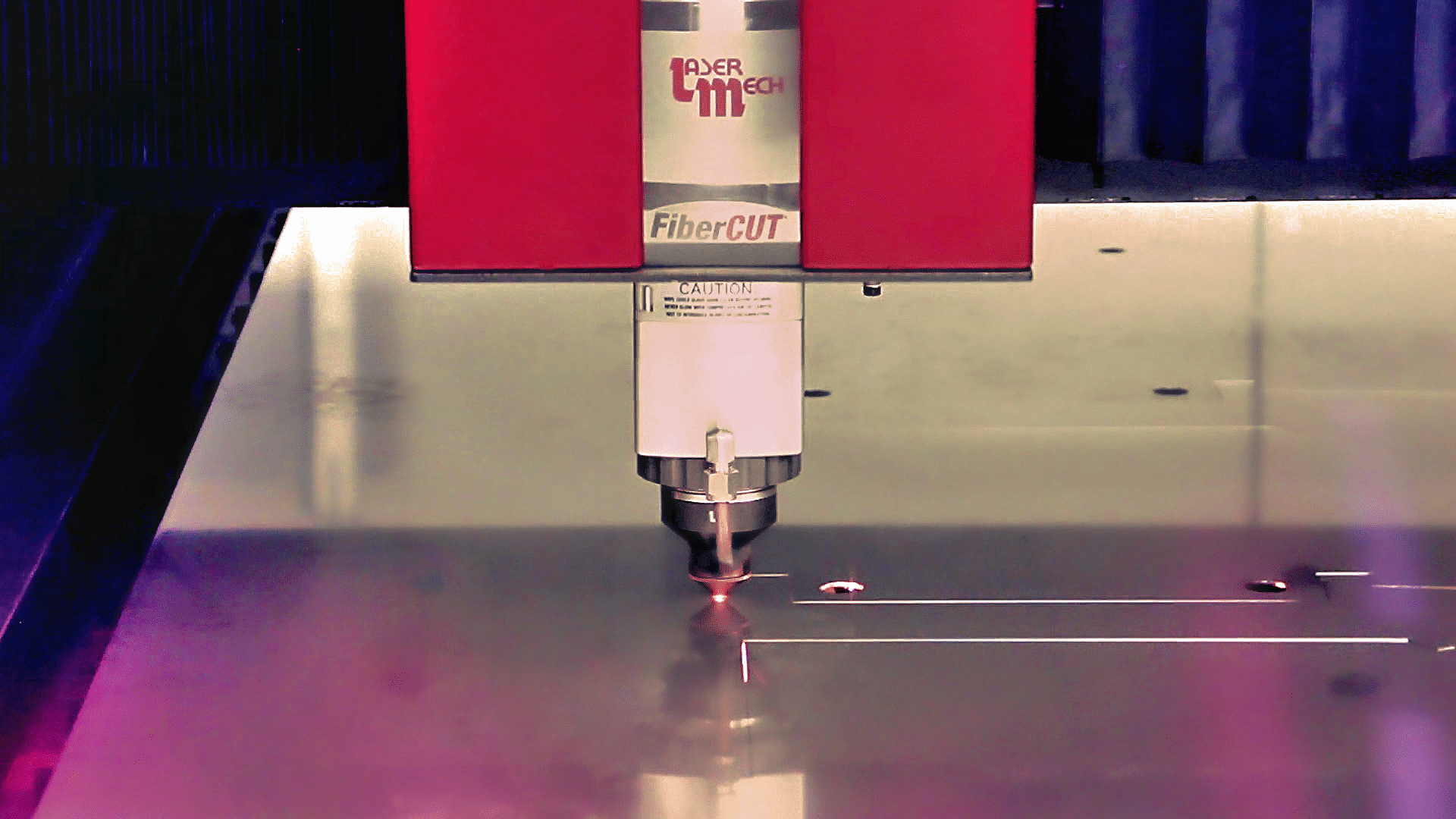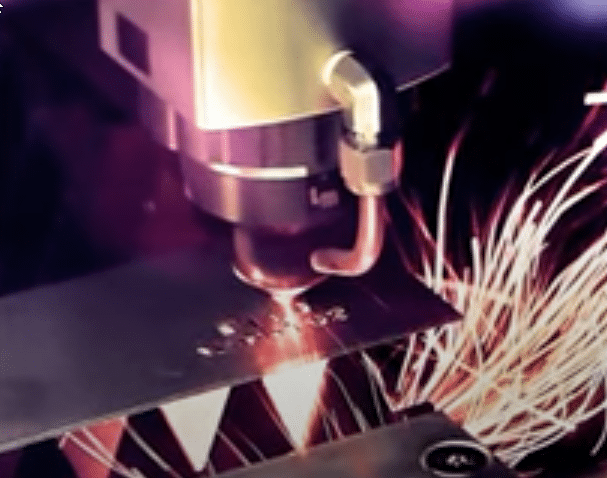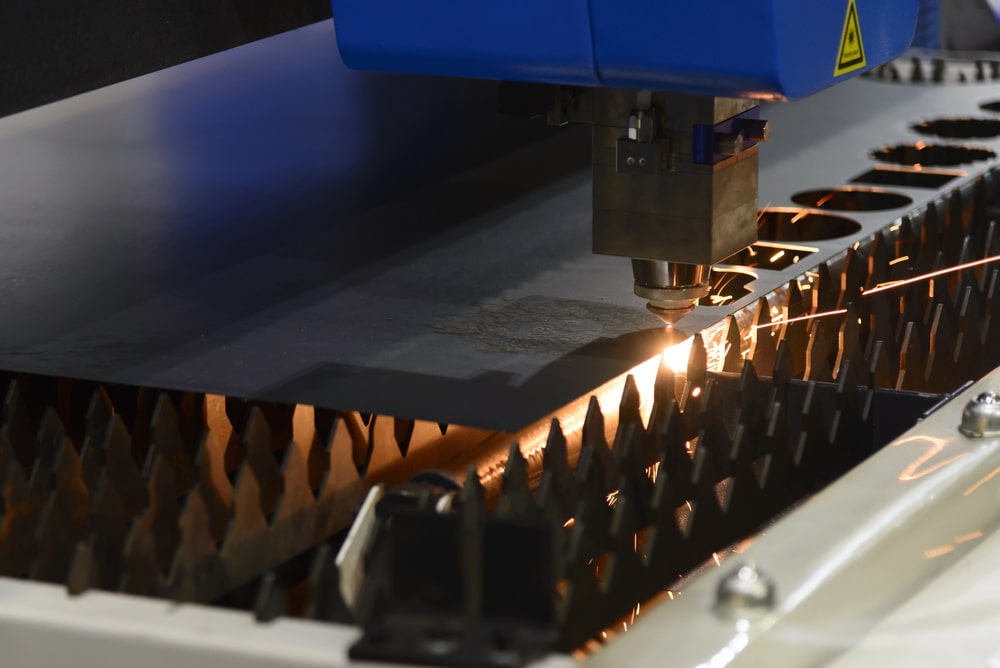In the world of manufacturing and fabrication, precision is everything. Whether you’re shaping metal, glass, or composite materials, choosing the right cutting method can make a big difference in quality, speed, and cost.
Among today’s top technologies, waterjet cutting stands out for its versatility and accuracy — but how does it stack up against other cutting methods like laser cutting, plasma cutting, or mechanical machining? Let’s take a closer look.
What Is Waterjet Cutting?
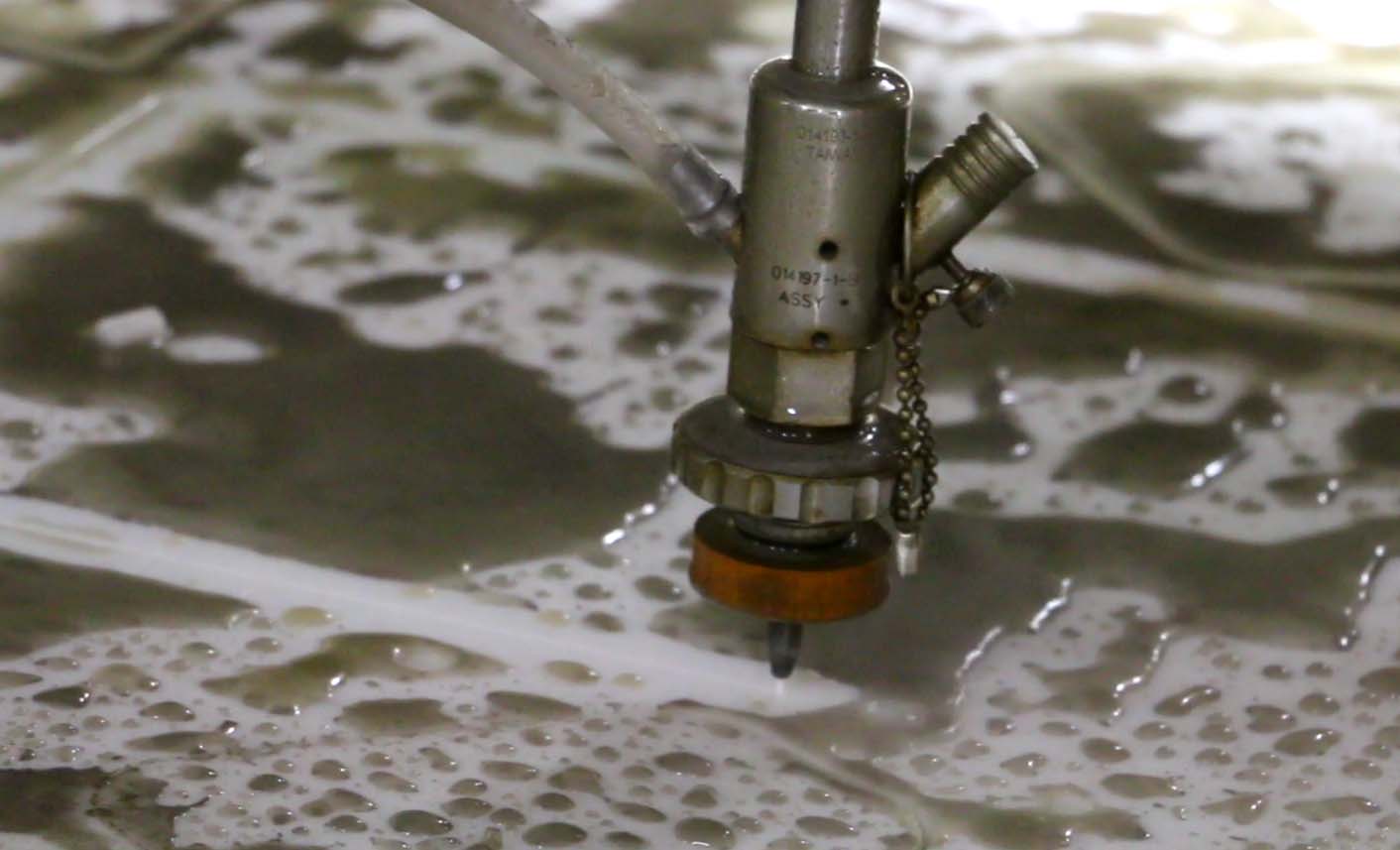
A waterjet cutter uses a high-pressure stream of water — often mixed with a fine abrasive — to cut through materials. It’s a cold-cutting process, which means it doesn’t generate heat.
At Lindsay Machine Works, our waterjet machines can slice through thick metal, stone, glass, and more — all without warping or changing the material’s properties. This makes waterjet cutting ideal for precise, clean edges and for materials sensitive to heat.
Waterjet vs Laser Cutting
Both laser and waterjet technologies are popular for precision cutting, but they work very differently.
-
Laser Cutting:
Uses a focused beam of light to melt or vaporize material. It’s fast, efficient, and excellent for thin metals or intricate designs. However, it generates heat, which can leave a “heat-affected zone” (HAZ) that alters the material’s edge or surface.
Reflective metals like copper or brass can also be challenging for lasers to handle. -
Waterjet Cutting:
Uses water and abrasives to erode material mechanically, not with heat. This makes it suitable for materials that can’t be exposed to high temperatures, such as plastics, composites, and hardened metals.
Verdict:
If you need to cut thin sheet metal quickly, a laser cutter works great. But for thicker, heat-sensitive, or multi-material projects, waterjet cutting is the better choice.
Waterjet vs Plasma Cutting
Plasma cutting is another thermal cutting process that uses ionized gas to melt and blow away material. It’s often used for cutting thick steel or aluminum quickly and affordably.
-
Plasma Cutting:
Fast and cost-effective for cutting conductive metals. However, it produces rougher edges and a heat-affected zone that may require post-processing. -
Waterjet Cutting:
Produces a smoother, cleaner edge with higher precision. Since it doesn’t introduce heat, it avoids warping or hardening of the metal — saving time on finishing work.
Verdict:
For heavy-duty fabrication where speed matters more than precision, plasma cutting is a solid choice. But for clean, accurate results across many materials, waterjet cutting wins.
Waterjet vs Mechanical Cutting 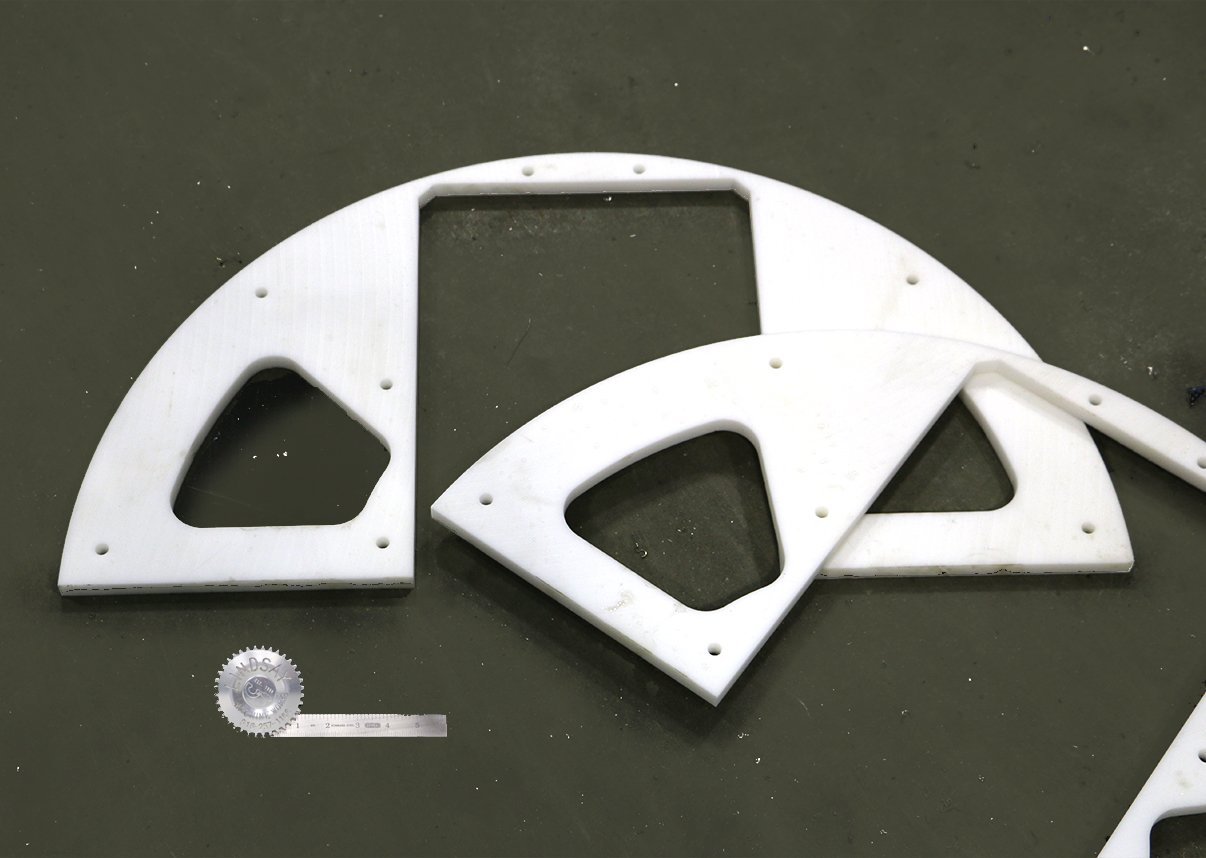
Traditional mechanical cutting methods, like sawing or milling, use physical tools to slice through material. While effective, they come with limitations.
-
Mechanical Cutting:
Involves direct contact between the tool and material, leading to tool wear and potential vibration marks on the part.
It’s best for simple cuts but less efficient for complex or intricate shapes. -
Waterjet Cutting:
It is non-contact, so there’s no tool wear or friction. It can cut complex geometries and tight corners with consistent accuracy.
Verdict:
If you need high-precision parts with minimal tool wear or secondary operations, waterjet cutting offers a cleaner, faster, and more efficient alternative.
Waterjet vs EDM (Electrical Discharge Machining)
EDM uses electrical sparks to erode conductive materials with extreme precision, often for very tight tolerances in tool and die work.
-
EDM Cutting:
Extremely accurate but limited to conductive materials. It’s also slower and generally more expensive than waterjet cutting. -
Waterjet Cutting:
Works on both conductive and non-conductive materials, providing high accuracy at a faster rate for most applications.
Verdict:
When you need ultra-fine detail in metal components, EDM has its place. But for broader versatility and faster turnaround, waterjet cutting is the more practical option.
The Advantages of Waterjet Cutting
Here’s why waterjet cutting has become one of the most reliable cutting methods across industries:
-
No Heat-Affected Zones (HAZ): Maintains material integrity.
-
Cuts Almost Any Material: From metal and stone to rubber and composites.
-
High Precision and Clean Edges: Reduces or eliminates post-processing.
-
Eco-Friendly Process: Uses water and natural abrasives with minimal waste.
-
No Tool Wear or Distortion: Ensures consistent quality part after part.
Whether you’re fabricating metal components, custom parts, or intricate prototypes, waterjet cutting delivers accuracy, versatility, and quality every time.
Choose Lindsay Machine Works for Precision Cutting
At Lindsay Machine Works, we offer a full range of cutting and machining services — including CNC waterjet cutting, laser cutting, metal fabrication, and precision machining.
Our experienced team helps you select the best cutting method for your material, design, and production goals. With decades of experience in the machining industry, we ensure every project is handled with care, precision, and efficiency.
Click Here to Learn More About our Waterjet Cutting Services

